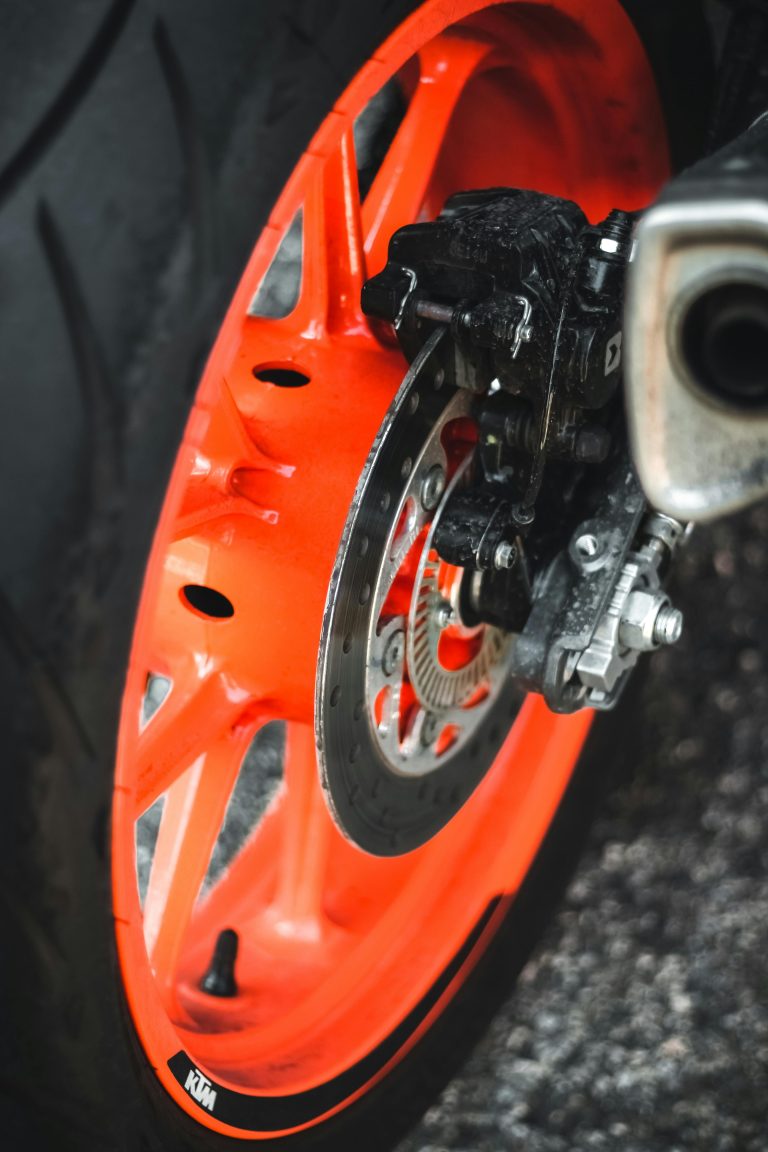The anti-lock braking system (ABS) is a vital automotive technology designed to prevent wheel lock-up and maintain steering control during sudden braking. While its primary role is safety, ABS also directly influences the interaction between ABS and brake pads, offering a clear solution to one of the most common problems drivers face: rapid brake pad wear. By reducing unnecessary skidding and managing heat buildup, ABS helps increase brake pad life by up to 30–40%, thereby lowering maintenance costs and improving overall braking performance.
This means that ABS is not only a safety innovation but also a cost-saving mechanism for vehicle owners. According to brake performance data, non-ABS vehicles often require pad replacement after 20,000–25,000 km, while ABS-equipped vehicles extend pad life to 30,000–40,000 km. In addition, the pad wear rate is reduced from about 35–40% in non-ABS vehicles to just 15–20% in ABS-equipped vehicles. These figures clearly demonstrate how ABS technologies reduce the load on brake pads, making the system both an answer to excessive maintenance costs and a solution to uneven braking performance.
The Impact of ABS on Brake Performance: Pad Wear Statistics
| Vehicle Type | Average Pad Life (km) | Pad Wear Rate (%) | Heat Build-Up Risk |
| Non-ABS Vehicles | 20,000–25,000 | High (35–40%) | Frequent |
| ABS-Equipped Vehicles | 30,000–40,000 | Low (15–20%) | Reduced |
The table highlights that ABS-equipped vehicles achieve 10,000–15,000 km longer pad life compared to non-ABS vehicles. The reduced wear rate (down from 40% to 20%) and lower risk of overheating prove that ABS is highly effective in extending pad service intervals.
How ABS Reduces Brake Pad Stress
ABS operates through wheel-speed sensors, electronic control units, and hydraulic valves. When a wheel is about to lock, ABS modulates brake pressure through rapid pulses. This prevents the brake pads from dragging against the disc continuously, which would otherwise generate excessive heat and uneven wear. The result is more uniform contact, reduced glazing, and extended pad life.
Furthermore, ABS works together with Electronic Brakeforce Distribution (EBD) and Brake Assist (BA). EBD balances braking force between the front and rear wheels, preventing the front pads from wearing prematurely. BA ensures maximum pressure during emergency stops, while ABS prevents damage from over-braking. Together, these technologies optimize braking system efficiency and prolong pad service life.
Benefits of ABS for Vehicle Owners
For drivers, the advantages of ABS extend far beyond accident prevention. Longer-lasting brake pads mean reduced maintenance costs, fewer replacements, and less chance of rotor damage caused by overheating. For those considering replacements, detailed information about compatibility of brake pads on onlinecarparts.co.uk can help drivers choose the correct parts for their specific vehicle model.Since brake pads last 30–40% longer in ABS-equipped vehicles, owners save money and enjoy more reliable braking performance.
For modern drivers, ABS represents a complete solution: improved safety, extended component life, and cost-effective vehicle ownership. There is also an environmental benefit. Fewer pad replacements mean reduced consumption of raw materials and lower waste generation. Thus, ABS contributes to sustainability while offering practical benefits for everyday driving.
Conclusion
The analysis of ABS technologies clearly shows that ABS is not only a safety feature but also a solution to rapid brake pad wear and high maintenance costs. By preventing wheel lock-up, controlling heat buildup, and ensuring even pad contact, ABS increases pad life from 20,000–25,000 km in non-ABS vehicles to 30,000–40,000 km in ABS-equipped vehicles. With a reduced wear rate of just 15–20%, the system proves highly effective in enhancing brake pad performance and service life.


